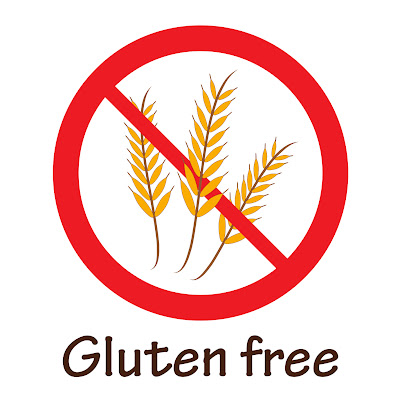
Did you know that our wheat is very different now and it could be creating a lot of problems with our gut health?
Dr. Amy Myers gives us some great information and steps to help heal ourselves in this article...
More than 55 diseases have been linked to gluten, the protein
found in wheat, rye, and barley. It’s estimated that 99% of the people
who have either gluten intolerance or celiac disease are never diagnosed.
It is also estimated that as much as 15% of the US population is gluten intolerant. Could you be one of them?
If you have any of the following symptoms it could be a sign that you have gluten intolerance:
-
Digestive issues such as gas, bloating, diarrhea and even constipation. I see the constipation particularly in children after eating gluten.
-
Keratosis Pilaris, (also known as ‘chicken skin’ on the back of your arms). This tends be as a result of a fatty acid deficiency and vitamin A deficiency secondary to fat-malabsorption caused by gluten damaging the gut.
-
Fatigue, brain fog or feeling tired after eating a meal that contains gluten.
-
Diagnosis of an autoimmune disease such as Hashimoto’s thyroiditis, Rheumatoid arthritis, Ulcerative colitis, Lupus, Psoriasis, Scleroderma or Multiple sclerosis.
-
Neurologic symptoms such as dizziness or feeling of being off balance.
-
Hormone imbalances such as PMS, PCOS or unexplained infertility.
-
Migraine headaches.
-
Diagnosis of chronic fatigue or fibromyalgia. These diagnoses simply indicate your conventional doctor cannot pin point the cause of your fatigue or pain.
-
Inflammation, swelling or pain in your joints such as fingers, knees or hips.
-
Mood issues such as anxiety, depression, mood swings and ADD.
Wheat: The UNhealthy Whole Grain
A video by Dr. William Davis, author of the book Wheat BellyHow to test for gluten intolerance?
I have found the single best ways to determine if you have an issue with gluten is to do an elimination diet
and take it out of your diet for at least 2 to 3 weeks and then
reintroduce it. Please note that gluten is a very large protein and it
can take months and even years to clear from your system so the longer
you can eliminate it from your diet before reintroducing it, the better.
The
best advice that I share with my patients is that if they feel
significantly better off of gluten or feel worse when they reintroduce
it, then gluten is likely a problem for them. In order to get accurate
results from this testing method you must elimination 100% of the gluten
from your diet.
How to treat gluten intolerance?
Eliminating
gluten 100% from your diet means 100%. Even trace amounts of gluten
from cross contamination or medications or supplements can be enough to
cause an immune reaction in your body.
The 80/20 rule
or “we don’t eat it in our house, just when we eat out” is a complete
misconception. An article published in 2001 states that for those with
celiac disease or gluten sensitivity eating gluten just once a month
increased the relative risk of death by 600%.
Still unsure?
Seek out an integrative practitioner or functional medicine physician to help to guide you.